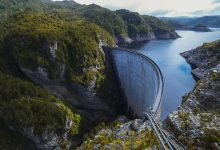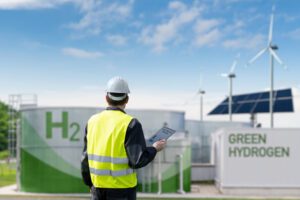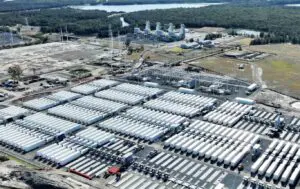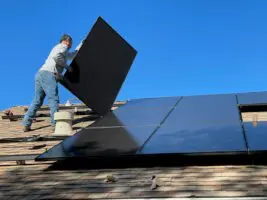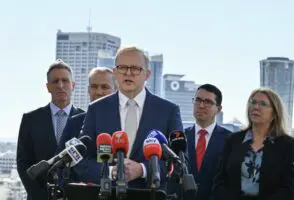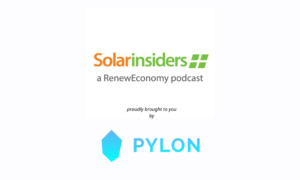Tasmania will move to formally legislate a target for net zero emissions by 2030, locking in the state’s ambition to be Australia’s first zero emissions state.
Following a review of the state’s climate policies, Tasmanian premier Peter Gutwein said his government would move to enshrine the net zero target into law, becoming the first state to legislate a zero emissions target for 2030.
“Tasmania is a climate leader and stands on its own in this country having achieved net zero emissions in six of the last seven years,” Gutwein said in a statement.
“But the Tasmanian Liberal Government recognises that as our economy and population grows, and the risk of bushfires increase, we cannot rest on our past achievements, and we need to take further climate action to deliver the jobs and investment that will flow from a low emissions economy.”
“That’s why today, the government is announcing our bold plan to legislate a target of net zero emissions from 2030. This target will be nation-leading and one of the most ambitious in the world.”
Legislating the zero emissions target is largely a formality for Tasmania, with the state already recording negative overall emissions each year since 2015.
Last year, Tasmania declared that it was sourcing 100 per cent of its electricity from renewable energy sources, with the state’s hydroelectric power stations, in addition to its wind farms, producing more than enough electricity to meet the state’s needs.
Since the collapse of Tasmania’s largest logging company, Gunns, in 2013, Tasmania has mostly recorded negative emissions thanks to a significant decline in land clearing and deforestation.
Tasmania’s significant forest reserves effectively offset the state’s emissions from energy use, transport, industry and the agricultural sector – which themselves have been kept comparatively low due to Tasmania’s heavy use of renewables.
Gutwein cited economic analysis commissioned by the Tasmanian government that found that supporting the growth of zero emissions technologies in the state could contribute an additional $475 million to the state’s economy by 2050, supporting the creation of more than 1,200 new jobs.
Gutwein said Tasmania would continue to support new investments in clean energy industries, and his government would release a new Climate Action Plan that will include growing the state’s renewable hydrogen industry and transition plans for the Tasmanian economy.
“The Tasmanian Government is responding to the clear message, heard throughout the review, that we can afford to take more ambitious action on climate change,” Gutwein said.
“We know we need to empower our young people to learn about the solutions to climate change, the career opportunities those solutions create, and how they can be involved in Tasmania’s global leadership on this issue.”
“Achieving net zero emissions from 2030 will harness our abundant natural resources to boost exports, drive investment in new technologies and skills, and deliver a stronger economy with more jobs, right here in Tasmania as we secure our future.”
Several green hydrogen ventures are currently scoping potential projects in Tasmania, including a 250MW renewable ammonia facility being considered by Fortescue Future Industries and to be located at Bell Bay.
Origin Energy has also floated the prospect of a massive 500MW electrolyser to produce renewable hydrogen, with the projects looking to take advantage of Tasmania’s abundant renewable energy resources to target a growing global export market for the zero emissions fuel.

